· 5 min read
Club Code: Zen, Algorave, and Phenomenology

Written by Yeng K. Tan
If life were comparable to a house, then imagination would be the process of its construction. Or, in this particular case, a dimly lit warehouse called Persona. Nestled south of the Manhattan Bridge, its exterior gave little to the unsuspecting eye. Yet, there I was, knocking on the door, as if guided by an invisible itch. I pushed through the first door, and the second one, already opened, allowed the sound to flow outward.
A peculiar gathering had come to life, devoid of a bar, which signified a departure from the typical nightlife scene, but filled instead with the fragrant allure of kimchi and nori. Shoes discarded at the entrance, I grasped a glass of freshly squeezed orange juice and ventured toward the center. This marked the beginning of an immersive, transcendent experience—a haven of monstera plants, cradled in the embrace of multi-speaker spatial audio.
Within minutes, I joined the eclectic crowd, and there I was, in a place; in a space that seemed to exist out of time, where the flow of energy, reminiscent of the Dao, pulsed through every beat and pixel. Wa Wa Wee Wa I thought as I watched as code morphed and evolved on the screens plastered around, my dance molding to the frequency resonating through my bones. I found myself enraptured by a world that fluctuated between the surprising and the familiar.
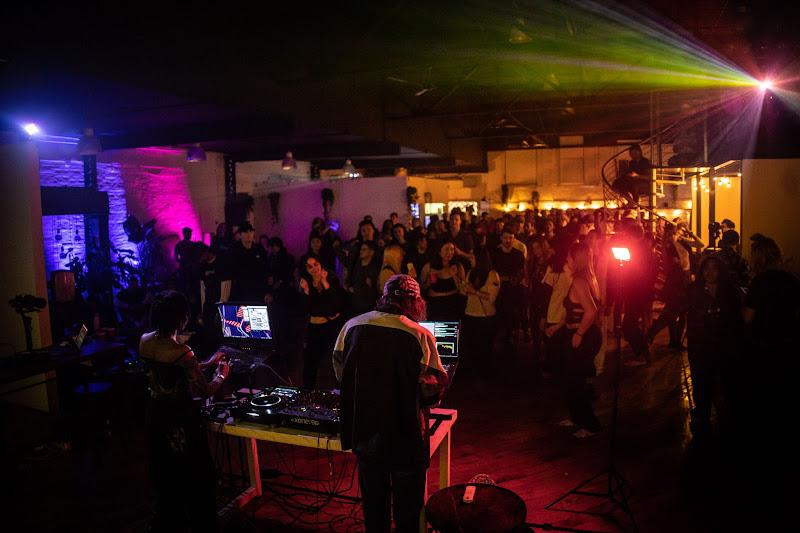
At the heart of this dimension was an algorave hosted by Club Code, a geographically unbound technological art collective for creative coders to cross-pollinate and unite. Much like a certain cave where shadows danced and revealed glimpses of a greater reality, the artists who graced the stage of Club Code were members of a new, underground electronic music culture. They employed specialized coding languages to weave mesmerizing audio-visual tapestries that unfurled in real-time, allowing the crowd, an eclectic mix of individuals, to witness the improvisational nature of a unique soundscape provided by algorithmic sounds.
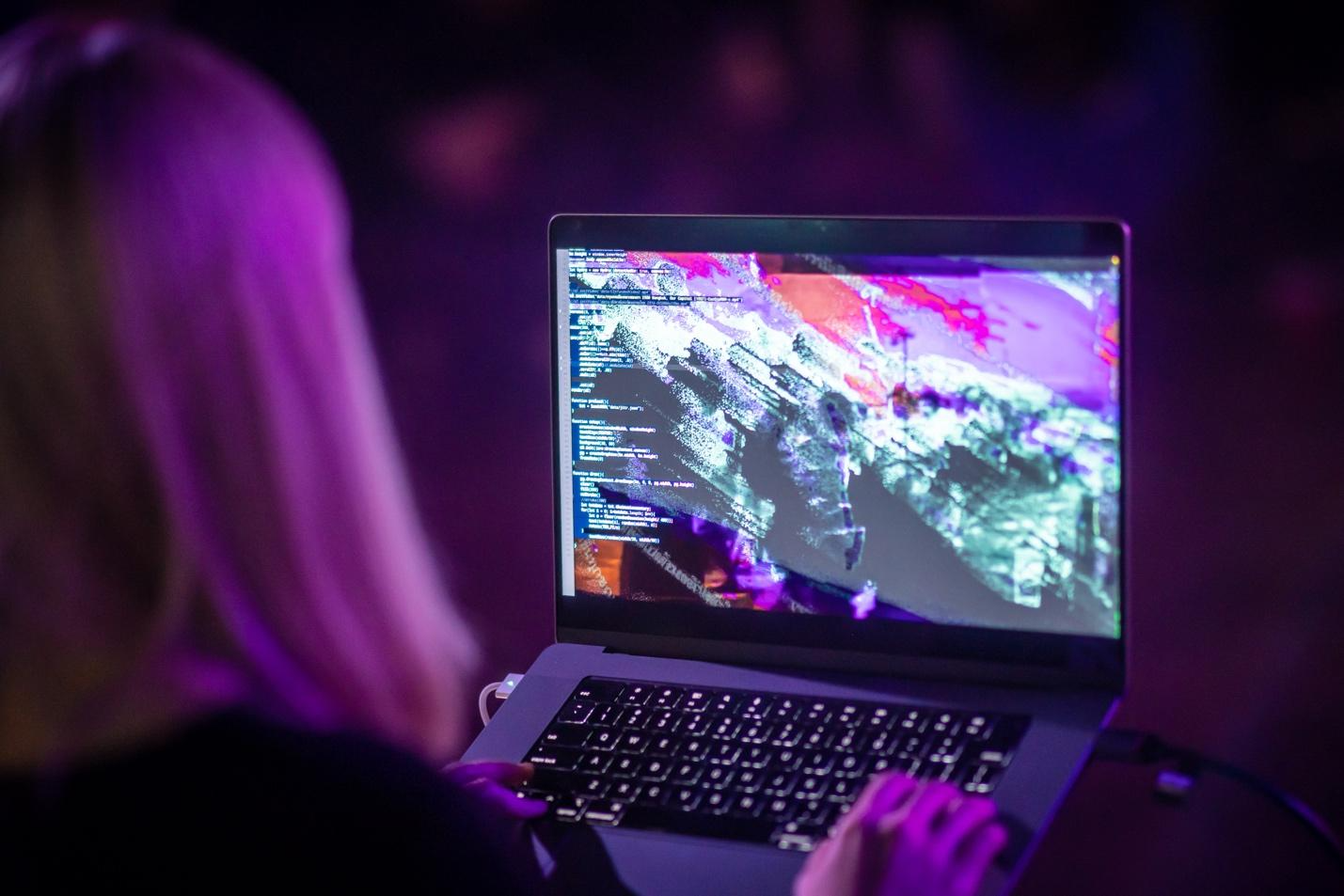
The first self-proclaimed "algorave" was held in London as a warmup concert for the SuperCollider Symposium 2012. However, the name was first coined in 2011 after live-coders Nick Collins and Alex McLean tuned into a happy hardcore pirate radio station on their way to a performance in the UK. A decade later, algorave is a bigger movement, and Club Code emerges as a beacon of artistic expression intertwined with the DJing community. This enigmatic creation of live-coder Dan Gorelick and DJ Mengze illuminates the contours of a geographically unbound technological art collective, drawing artists and spectators from San Francisco to New York City.
The night unfolded with an opening DJ set by Sobolik, accompanied by Dan Gorelick and Kengchakaj on cello and synthesizer. Dan was emcee for the night, guiding the audience with the shifting terrain of code and sound. Through a weaving narrative, he unveiled the symbiosis between technology and art as artists displayed mesmerizing audio-visual tapestries that unfurled in real time. In doing so, they offer spectators an opportunity to witness the improvisational nature of the creative process and become intimately connected with the unfolding of their artistic vision.
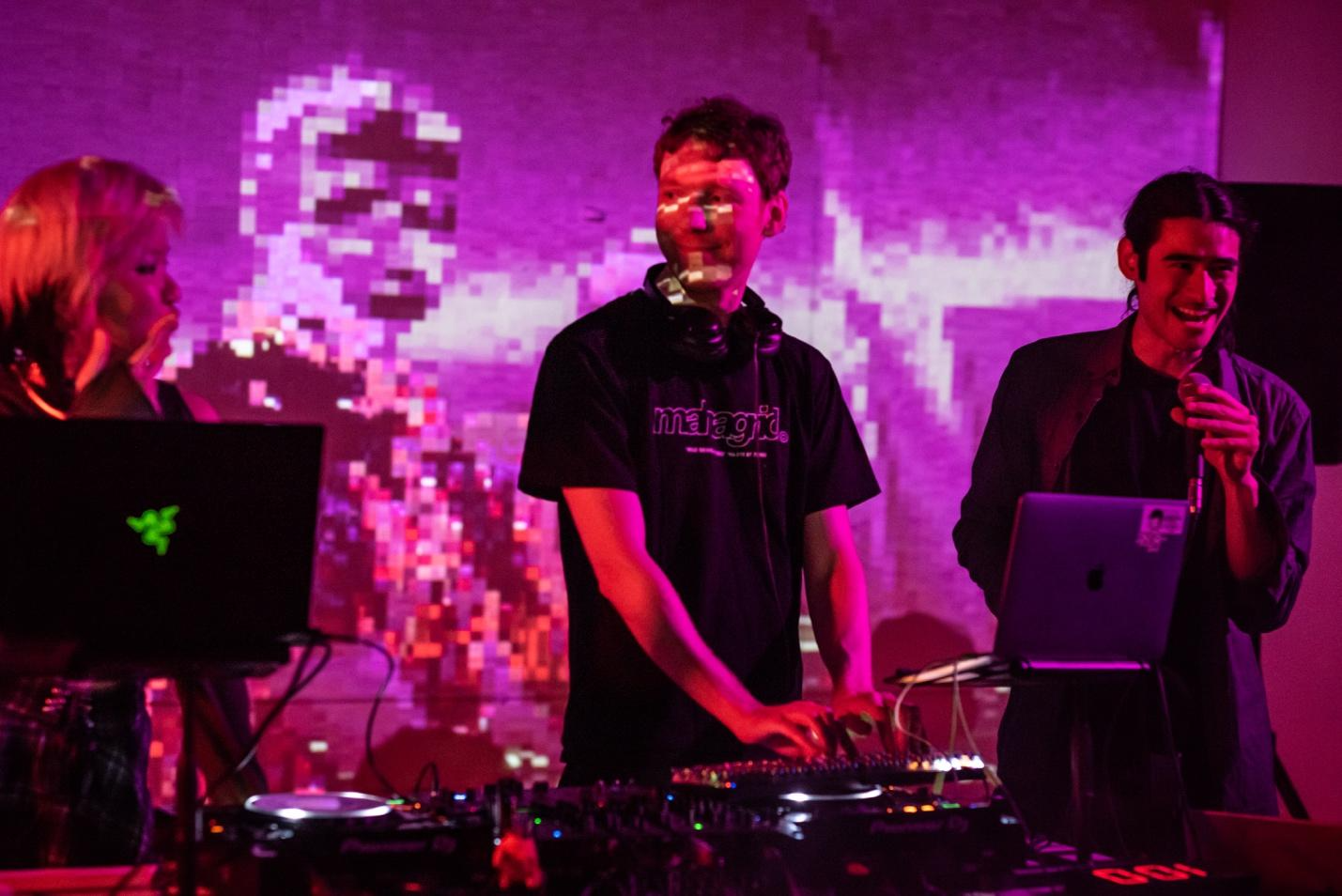
NYC-based creative code artist Easterner created sheet music on-the-fly with custom algorithms for a live string quartet. During this techno-conceptual ensemble performance, The Poet Engineer projected her kinetic visual art onto a massive wall.
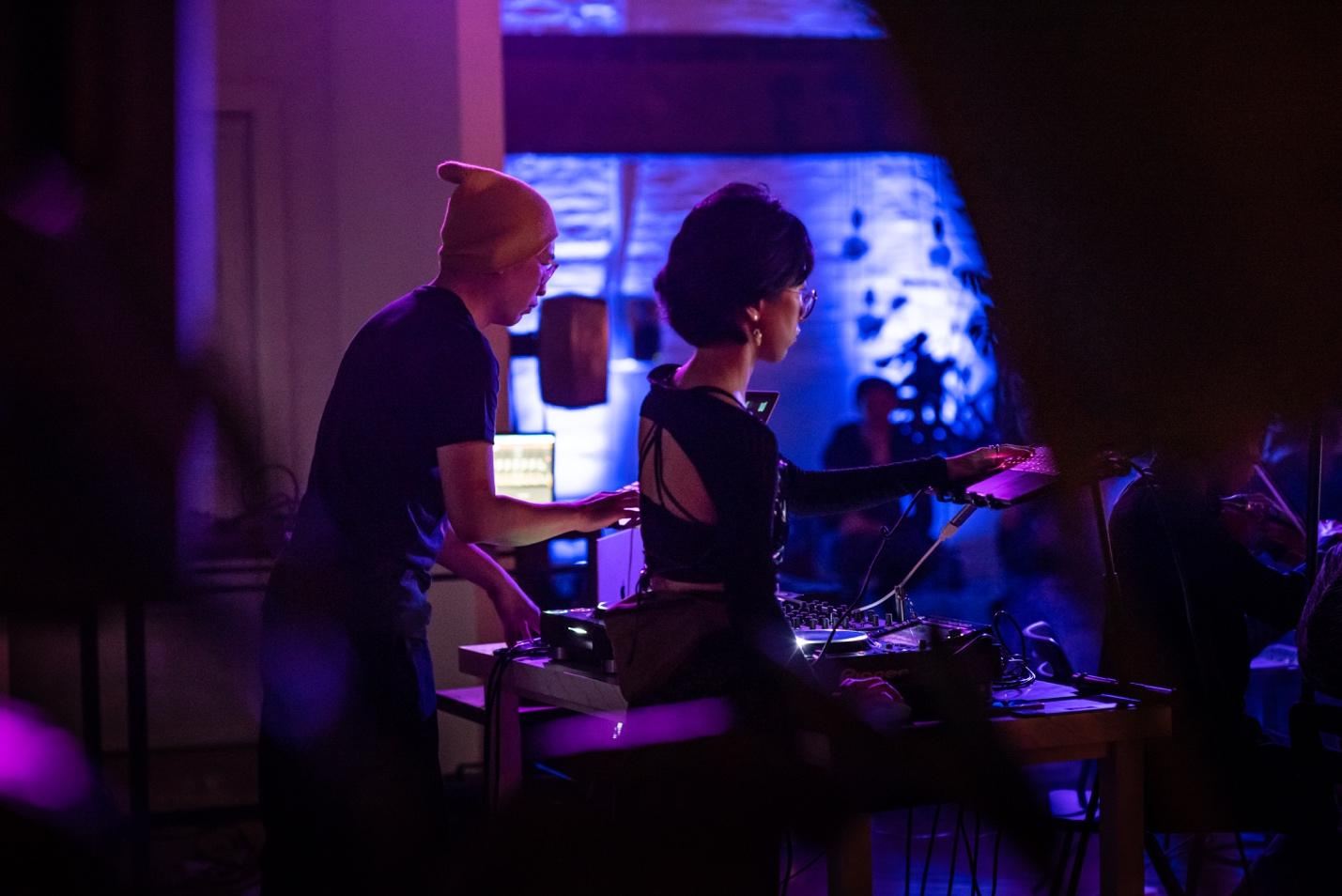
Next was a run of acts by local and out-of-town algorave performers, including NYC’s alsoknownasrox, nitchafame, Kengchakaj, Sandpills, DJ_Dave, Char Stiles, Pittsburgh’s c_robo_, and San Francisco’s R Tyler.
“From a creative point of view, I find live-coding removes a lot of constraints,” says R Tyler, an algorithmic dance music producer and performer based in San Francisco. “You’re kind of limited when you’re stuck with the sounds of an instrument, synth, or piece of hardware. Playing with the source code and writing expressive functions to do complex things is really empowering; you have the freedom to define your own constraints.”
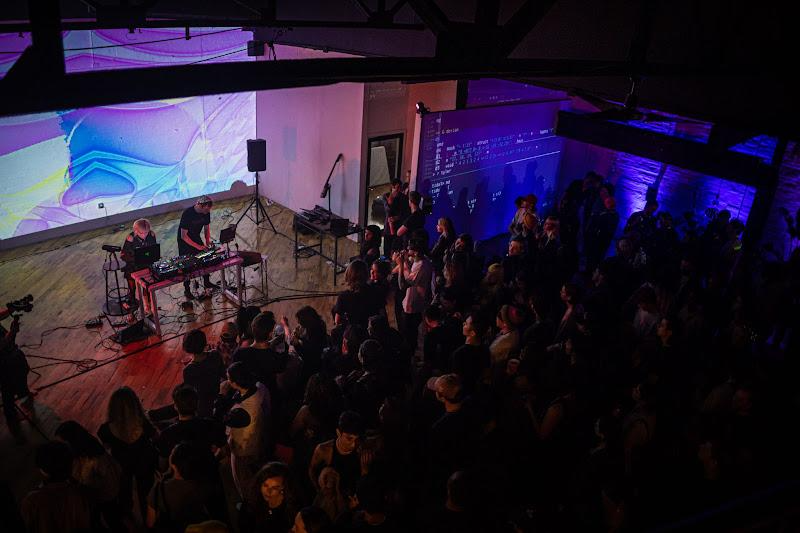
Live-coding parties have become havens where enthusiasts congregate, driven by the allure of conditional statements as much as the melodies and outfits. It is a place wherein TidalCycles and Sonic Pi converge with the clubbing milieu, enriching the cultural panorama already thriving in the vibrant Brooklyn underground scene. Add a splash of geek culture and phenomenology, and you have a unique fusion of art, technology, and philosophy.
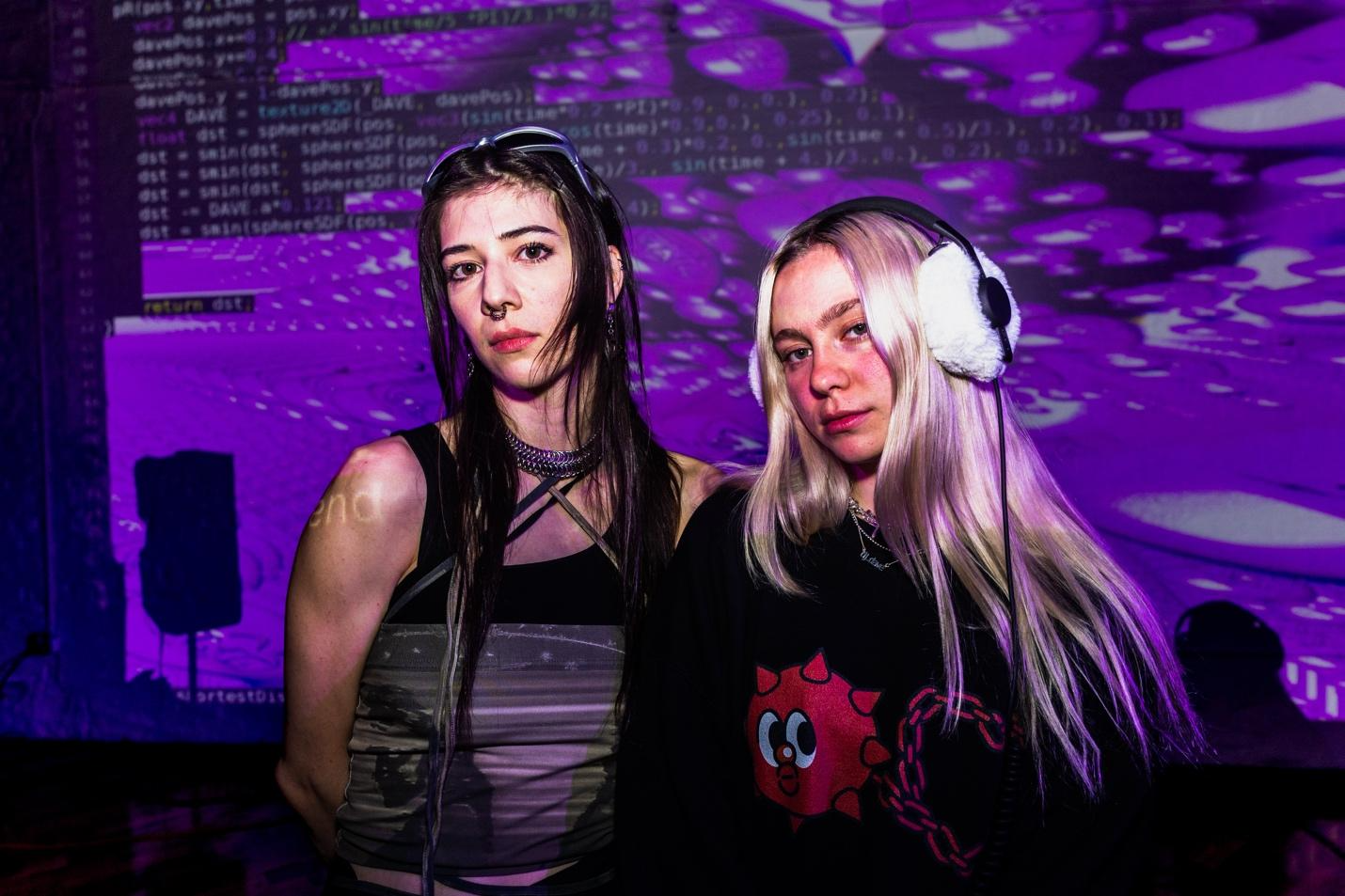
There is a Buddhist saying that speaks to the impermanence of all things – that everything is transient, much like the splash of a puddle. This ephemeral essence finds a parallel in the world of algorave, where live-coding artists conjure and dissolve lines of code in real-time. These events become sanctuaries for exploration, inviting participants into a realm where their own perceptions and consciousness unravel before their eyes.

I'm reminded of a zen story about two men arguing over a flag flapping in the wind. The first man insisted that it was the wind that was truly moving, while the second argued that it was the flag itself that moved. A Zen master, happening upon their debate, offered his own insight. "Neither the flag nor the wind is moving," he asserted, "It is the MIND that moves." In the ever-shifting world of club code, perhaps it is our own minds that dance to the rhythm of code and creativity.
Yeng Tan was born in Kuala Lumpur, Malaysia. Growing up in a family of foodies, he developed an affinity for various cheeses and most salted delicacies found in a charcuterie board. He moved to the United States at the age of sixteen, studying engineering at the California Polytechnic State University, San Luis Obispo, before eventually settling in San Francisco. It was in the foggy city where Tan first began writing his debut novel, Mister Yam. Tan cites Hermann Hesse, Haruki Murakami, and Agatha Christie as influences on his work - and tangentially, James Hoffmann for his morning espresso.
